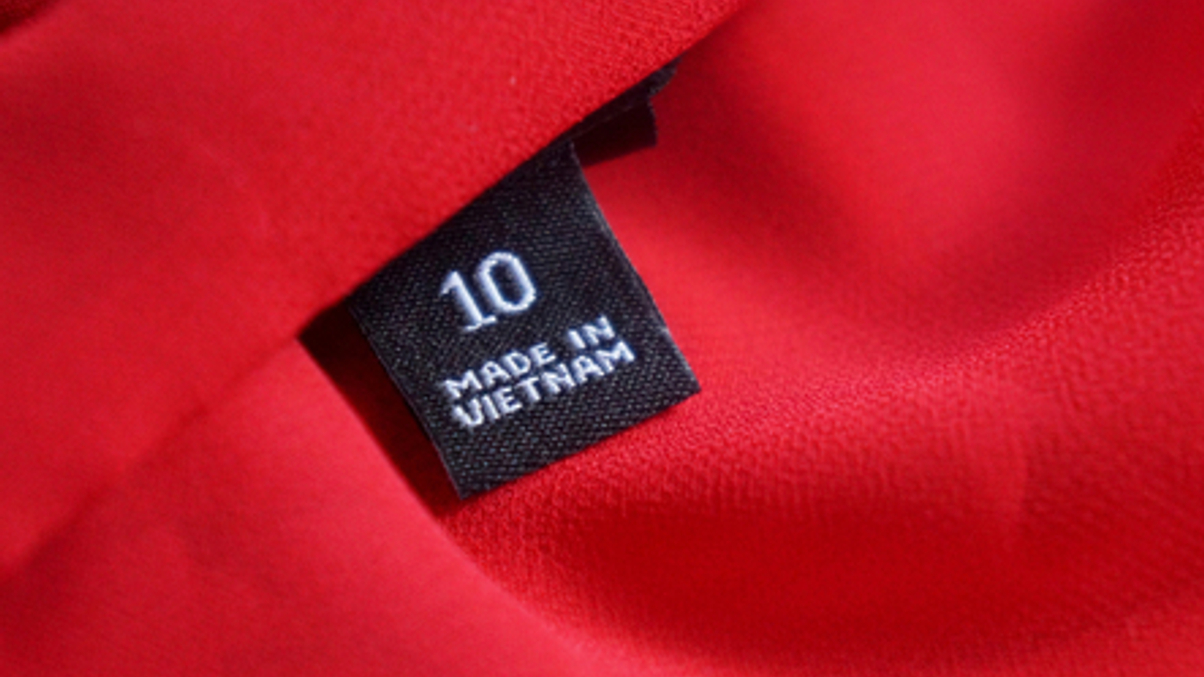GIC eyes lagging Asean assets as supply chains shift
The Singapore sovereign wealth fund's CIO, Jeffrey Jaensubhakij, told a forum last week where he sees post-pandemic investment opportunities for 2021.

While global asset prices have rebounded strongly since the depths of the Covid-19 crisis in March, valuations in Southeast Asia have heavily lagged those elsewhere. The MSCI Asia ex-Japan index rose 8.36% in the year to October 31, while the MSCI Asean was down 21.98% over the same period.
Sign in to read on!
Registered users get 2 free articles in 30 days.
Subscribers have full unlimited access to AsianInvestor
Not signed up? New users get 2 free articles per month, plus a 7-day unlimited free trial.
¬ Haymarket Media Limited. All rights reserved.


